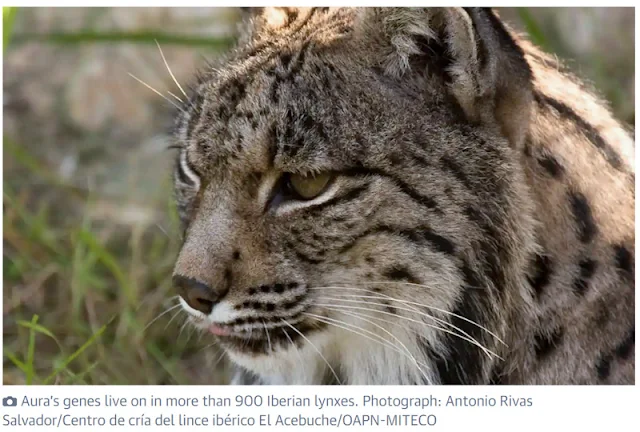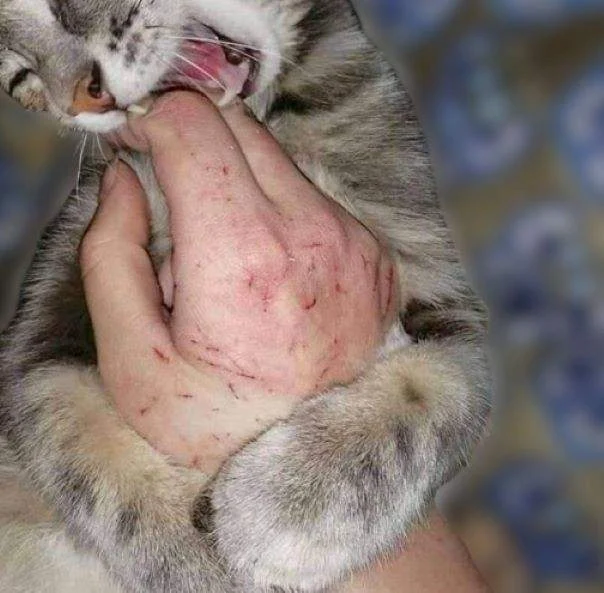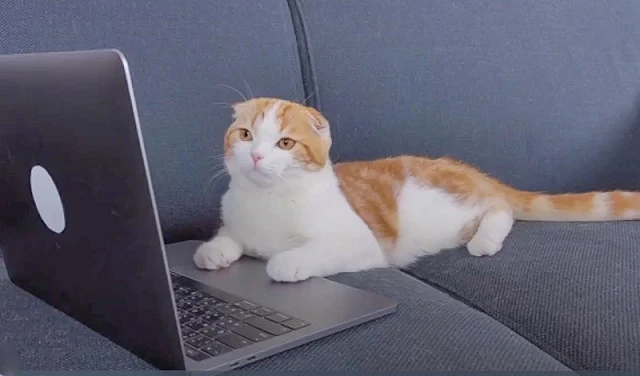 |
| 3 reasons why cats love to sit on laptops. But do you want to!? Image in public domain. |
I am not sure we need to discuss this in any detail because over the years a lot has been said on this topic on the internet and cat owners have learned a lot from the internet. And arguably the reasons are common sense. Here goes. The 4 reasons why cats love to sit on laptops are:
- They are with their human companion and caregiver. People can sit at laptops for a long time! Me for one 😃😒. And as your cat wants to be with their human from time to time for common sense reasons, they have to be with them while they are at their laptops.
- They seek attention and sometimes want to stop you using the laptop and pay attention to them instead.
- Third reason: when a cat arrives at their human who's at their laptop, they often receive a reward; their caregiver pets them and says nice things to them. The owner informally trains their cat to come to them at the laptop. This does not always happen as I am sure that sometimes cat owners tell their cat to go somewhere else as it can be almost impossible to work productively and accurately at a laptop with your cat draped all over you. But in general, the reward is the normal human response. This is positive reinforcement training.
- Fourthly, the obvious: a laptop emits heat. We see a lot of cats lying on laptop keyboards as a bit of heat is given off by the computer. Domestic cats love heat as it is in their DNA; inherited from their wildcat ancestor the North African wildcat which lives in arid, dry and hot conditions.
So, those are the 4 reasons why cats love to site on laptops. How to stop it? One way would be to place a pet warm pad (available on Amazon) next to you. Place your cat on it when he comes to you. He may get the message in due course.
Don't reward your cat for jumping up and onto your computer. You can't stop your computer giving off heat so there is no cure for that.
If and when they do it, gently lift them off and place them nearby on the warm pad! Yes, I am repeating myself. And pet them nicely at the same time with warm words.
Here is an infographic on the topic prepared by me:
Philosophical question: do you really want to stop you cat doing this? Cats rarely lie on the computer. They just want to be near you. Let them. It makes them happy. It is the caregiver's duty to make their cat happy at all times!
The solution is a compromise: allow your cat to be near you while you are on the laptop but not in a way which prevents you using it with ease. My cat lies on my legs behind the computer as I work in bed! Bed is the best place as I have a Tempur mattress which is kind on my bum. That's enough of the personal detail.


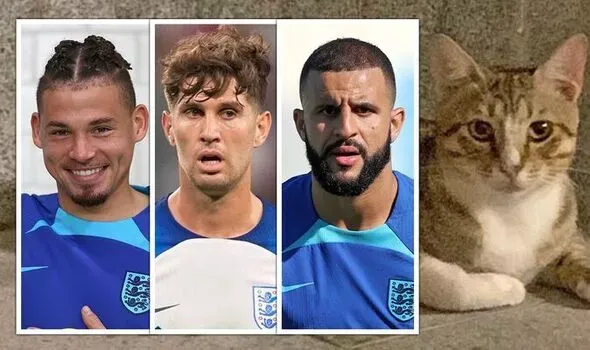




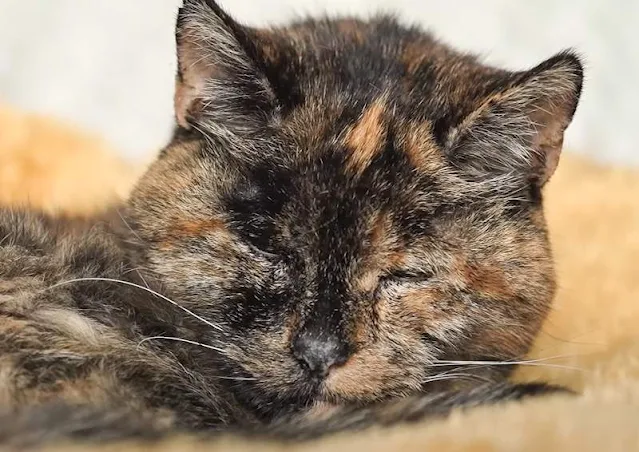

.png)











